Gas springs, also called gas dampers, tension springs, or gas-pressure springs depending on the setup and context, are compressed-air or oil cylinders that install in motion designs to damp forces and return kinematic linkages and more complicated assemblies to default positions. Gas springs work through a piston on the end of a rod that protrudes from a steel cylinder body; usually compressed gas (often nitrogen) within the cylinder exerts force on this piston to reassume and maintain set positions. Nitrogen is common here because it’s inert and nonflammable.
In such designs, oil or grease between the piston and other contacting parts minimize friction. In fact, the small amount of oil in these gas springs serves another function — to further damp and gently decelerate gas springs during full extension or compression. Some setups even include a fine hole in the piston for damping that’s still slower than with other designs; such slow-damper springs are common on safety gates and doors.
In contrast, extended-reach gas springs usually leverage telescoping mechanisms pairing multiple cylinders on one rod; then the smaller cylinder extends from within the larger cylinder. Consider one particularly long-stroke application: Passive heave compensators — systems on ships or offshore oil-rig systems that reduce the effect of waves on engineered structures — use gas springs with strokes to many meters long.
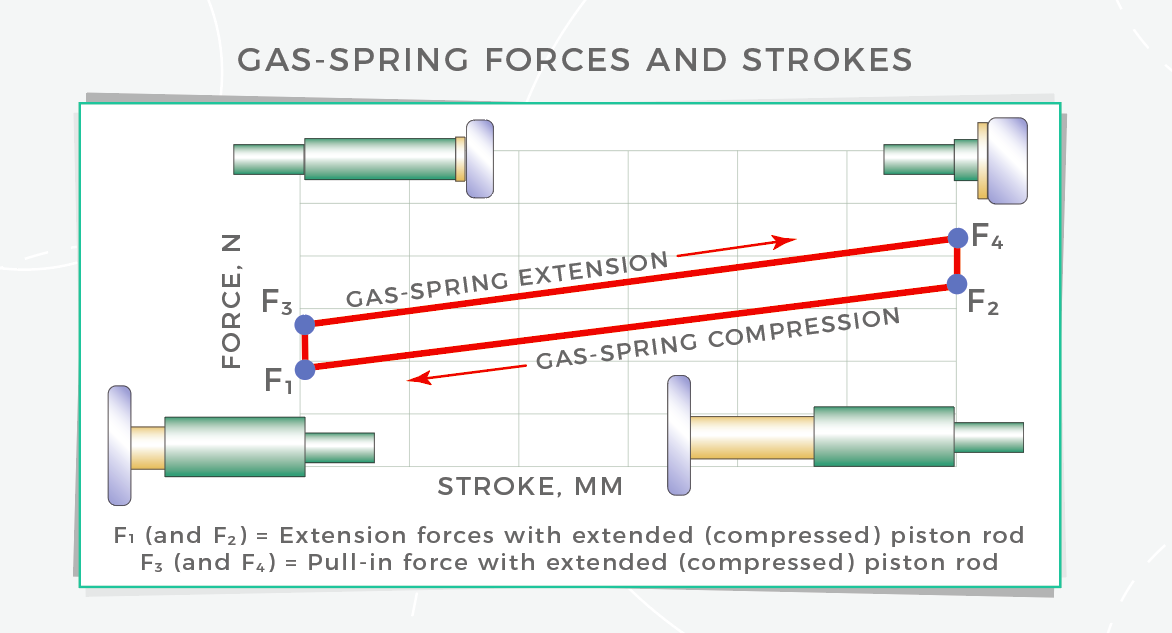
Still other gas-spring applications include those for medical beds and hoists; industrial equipment such as machine-tool presses; off-highway and automotive equipment for hatches, hoods, and covers; office equipment and furniture; and general strut and support applications. Fast-acting gas springs find use in weaponry and aerospace design. Specific variations include gas springs with standard or fixed-height cylinders; spindle-only designs; and cable, return, adjustable auto-return, nonrotating, stage, and multi-mode cylinders.
No matter the iteration, gas-spring extension force — a value that usually ranges from 1 to 5,000 N — depends on piston-rod cross-section multiplied by fill pressure. Manufacturers commonly express extension force with two values — for rod extension and rod retraction — at normal ambient temperature and with the piston rod pointing downward. (Note that typical ranges are only those most common; some gas-spring applications in heavy industries use gas springs delivering several hundred-thousand Newtons cases.) Other gas-spring definitions include two pull-in forces — at rod extension and rod retraction — and overall friction force. These values depend on the gas spring’s gas and damping-oil volumes. Various nozzle orifices and oil quantity allow control of push-out and push-in speed.
If design parameters are unknown, look for manufacturers capable of prototyping — especially for designs requiring an exact force that’s hard to pre-estimate — as in lifting a frame in a set time, for example. Here, some manufacturers sell prefilled cylinders sporting bleed valves. Then installers can bleed gas from the cylinders after system setup to get the correct force-acceleration actuation profile. The only caveat here is that if too much gas is bled, the assembly will need a new spring. That’s why OEM-level quantities of gas springs justify pre-engineered cylinders with preset pressurization. Or gas springs can offer full in-design adjustability via bleed valves and movable-endstop pressurization mechanisms, Bowden cables, knobs, and more. Some emergency-use gas springs also employ gas-generator cartridges that resemble those in airbags.

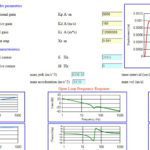
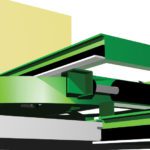
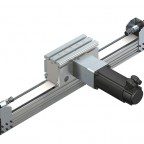
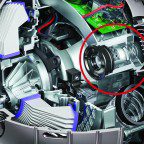
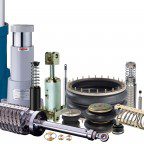

Leave a Reply
You must be logged in to post a comment.